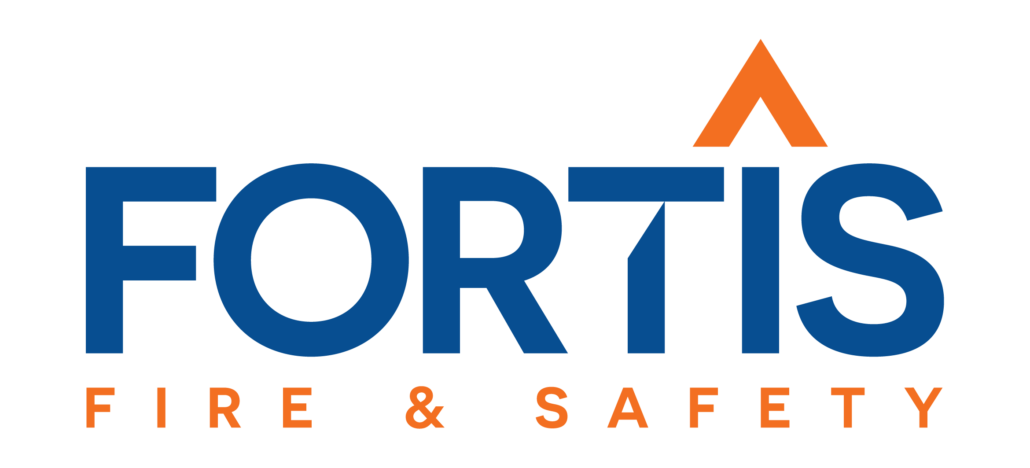How to Fireproof Campus Buildings
As the school year comes to a close and students eagerly anticipate their summer break, it is absolutely crucial for campus administrators to place the utmost importance on ensuring the safety of their buildings. With the inevitable return of students just around the corner, it becomes an urgent and pressing need to prioritize and implement comprehensive fire safety measures.
Creating a safe and secure environment for students and faculty should be the topmost priority for any educational institution. The well-being and peace of mind of everyone on campus rely heavily on the effectiveness of fireproofing measures in place. By proactively addressing potential fire hazards and implementing robust fire safety protocols, campus administrators can significantly reduce the risks associated with fires and safeguard the lives and property of the entire community.
Campus Fire Safety
According to research from the National Fire Protection Association (NFPA), campus fires tend to peak between September and October, particularly between 5-9 pm. Alarming statistics indicate that U.S. fire departments respond to an estimated annual average of 3,840 structure fires in dormitories, fraternities, sororities, and related properties. These fires result in an annual average of 29 civilian injuries and $11 million in direct property damage.
To protect both buildings and students from these concerning figures, it is essential to ensure that fire safety systems are up-to-date. Additionally, regular fire safety training should be conducted for both students and faculty.
Fireproofing Campus Buildings
Fireproofing an educational facility involves adhering to the NFPA Code 101, which addresses the minimum requirements for building design, construction, operation, and maintenance to protect occupants from fire, smoke, and toxic fumes.
Here are a few ways to fireproof campus buildings:
- Determine space requirements and maximum occupancy for each room, ensuring compliance with NFPA 101 guidelines, which state that each person should have at least 20 square feet of space.
- Prepare and regularly update fire evacuation plans.
- Conduct fire drills as part of emergency preparedness.
- Establish communication with local jurisdictions and fire authorities, and implement their guidelines.
- Ensure exit areas, stairwells, and other escape routes are unobstructed and clear.
- Regularly inspect fire safety equipment, such as fire alarms, fire sprinkler systems, and fire extinguishers, to ensure they are in working order and up to date.
Main Causes of Campus Fires
Campus fires can occur due to various reasons, but the top five causes based on data from the U.S. Fire Administration are:
- Cooking on hot plates, microwaves, portable grills, etc.
- Careless smoking.
- Unattended candles.
- Overloaded extension cords and outlets.
- Communicating Fire Safety
Keeping students and faculty well-informed about fire safety on campus is essential for their protection in the event of a fire. Before the semester begins, distribute a pamphlet containing fire safety information, including fire evacuation plans, fire prevention measures, and proper procedures to notify the fire department in case of a fire.
- Upon students’ arrival on campus, take the following steps to reinforce fire safety:
- Review evacuation procedures with students.
- Familiarize them with the locations of fire extinguishers.
- Conduct regular fire drills.
- Discourage tampering with smoke alarms or sprinklers.
- Ensure that resident assistants (RAs) regularly inspect rooms for fire hazards.
- Remind students that the most common causes of campus fires are cooking, candles, smoking, and overloaded power strips.
Cooking Reminders:
- Keep kitchens clean and clear of flammable materials.
- Never leave the kitchen unattended while cooking.
- Only cook in designated areas.
Candle Reminders:
- Never leave lit candles unattended.
- Keep candles away from flammable materials.
Smoking Reminders:
- Check for cigarette butts after parties, ensuring they are properly extinguished and disposed of in designated areas.
- Use deep, wide ashtrays.
- Prohibit smoking indoors.
Electrical Safety:
- Keep light fixtures away from flammable materials.
- Do not plug large appliances into an extension cord.
- Avoid overloading outlets or power strips.
A Final Word
The summer break provides an ideal opportunity to review and enhance the fire safety measures in your campus facilities, as fewer students are present on campus during this period. For more tips on utilizing summer vacation to improve your fire safety standards, you can refer to our article here.
By prioritizing fireproofing and implementing robust fire safety protocols, you can create a safer environment for students and faculty, mitigating the risks associated with campus fires. Remember, fire safety should remain a continuous effort, requiring regular inspections, training, and communication to ensure the well-being of everyone on campus.
Learn More About Fortis
At Fortis, we provide cutting-edge expertise in fire protection planning, design, and construction. We understand the challenges that modern facilities face and utilize our experience to find efficient and cost-effective solutions. From initial planning to acceptance testing and beyond, we offer a comprehensive suite of services.
We utilize the latest in computer-automated design to map out your system so we know the exact specifications before we even set foot on your job site. No need for drawings, we can map your facility and create blueprints from scratch.
We facilitate BIM coordination for new construction projects. We work with your BIM coordinator to load in our plans to avoid structural conflicts before they happen.
Additionally, all of our designers are NICET certified in their respective fields.
Learn more about our fire protection services, here.




